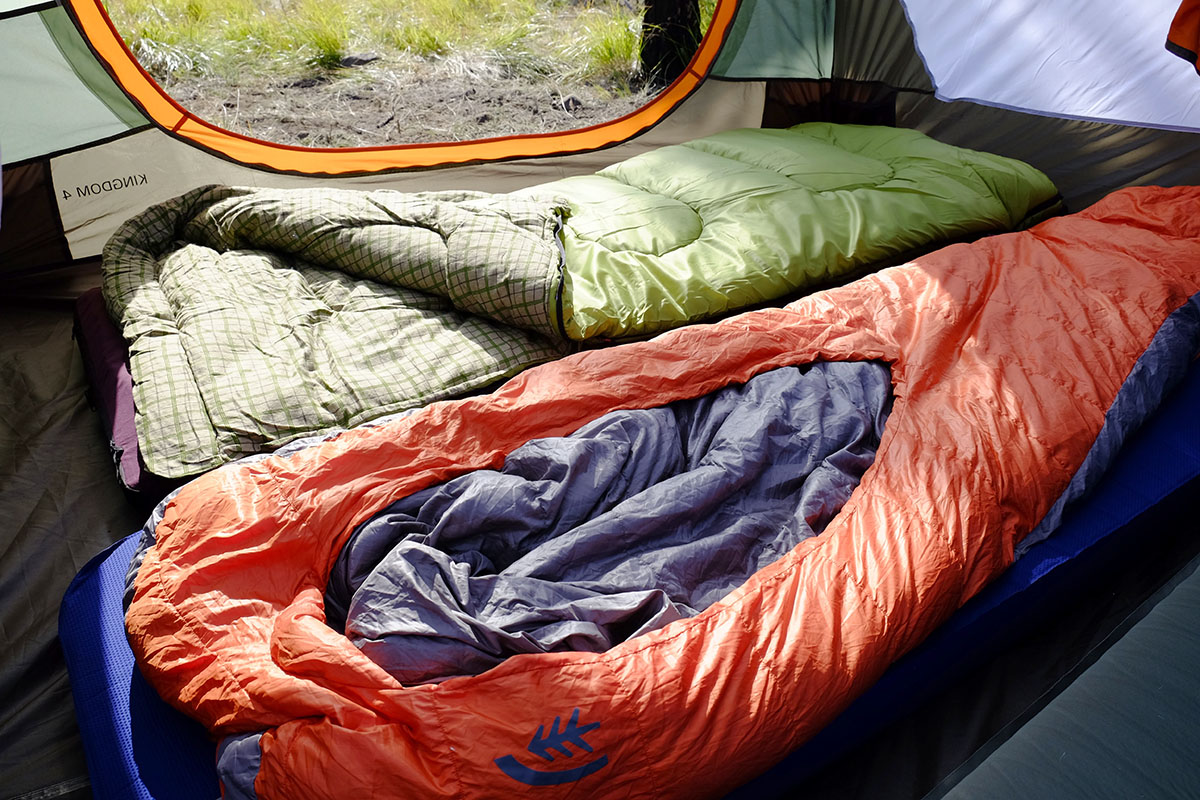DRESS PROPERLY
You want clothes that can keep you warm during periods of inactivity. Chances are you'll create plenty of heat during that backcountry trek, but it's tougher to maintain a comfortable temperature when you stop moving.
So layer up. Start with polyester thermal underwear for the base layer. Choose breathable fleece to inhibit the accumulation of perspiration during exertion. If you prefer natural fibers, choose merino wool and wool-fleece blends that offer the warmth of wool without the itchiness. Pack a scarf or neck gaiter that you can take off and on easily to regulate body temperature, and take a lightweight jacket that is both waterproof and breathable.
Layering can also keep your head and feet warm. Fleece or wool stocking caps can be made windproof when covered with a detachable hood. Leave your cotton socks at home. Instead, choose wool (merino wool won't be itchy) or wicking polyester socks designed for hiking. Boots don't have to be expensive, but they should be waterproof or water-repellent, especially if you plan on hiking through snow.
NEVER NEGLECT YOUR HANDS
To keep those digits warm, pack polyester glove liners and gloves, then gauntlets to layer over them. Stock up on chemical heating pads for when you need a little heat boost.
THINK FIRE
When you arrive at your campsite, start your fire before doing any other setup. Plan ahead and always pack fire sources. You can go low-tech with tightly packed dryer lint stuffed into old pill bottles or film canisters, or high-tech with magnesium fire starters.









